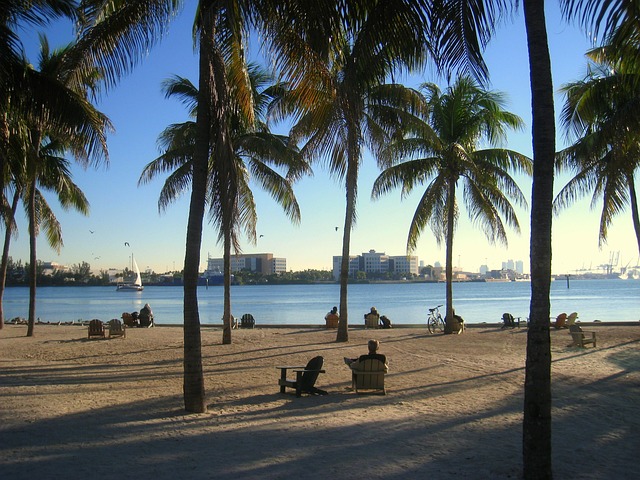Mining's legacy shapes communities globally, leaving architectural treasures and complex social shifts. Former mining towns can preserve their unique heritage through creative urban planning, integrating history with modern development. Abandoned mining sites offer real estate potential for revitalization, requiring careful environmental assessment and community-focused design to create sustainable, appealing spaces that attract buyers and tenants, driving economic growth and preserving local identity.
Proud mining heritage shapes identity, leaving an indelible mark on communities worldwide. This article explores the historical impact of mining on diverse landscapes, delving into how these industries have woven themselves into urban tapestries and rural areas alike. We’ll uncover strategies for preserving cultural legacies in former mining sites, while also focusing on revitalizing abandoned areas as potential real estate opportunities and navigating associated challenges.
The Historical Impact of Mining on Communities

Mining has left an indelible mark on many communities, shaping their landscapes and identities. Historically, mining booms have brought both prosperity and challenges to these areas. The influx of workers attracted diverse populations, fostering cultural diversity and a vibrant local economy. However, the sudden decline of mining industries can also lead to economic recession, causing significant social and structural shifts within communities.
In terms of real estate, mining towns often boast unique architectural gems, reflecting the prosperity of their past. These historical buildings stand as a testament to the community’s resilience and legacy. As time passes, preserving this heritage becomes essential, attracting tourists and promoting local pride. The story of these places serves as a reminder of the complex relationship between industry, people, and place, which continues to shape identities even after the mines have closed.
Preserving Cultural Legacy in Urban Landscapes

In urban landscapes, preserving a community’s cultural legacy is every bit as vital as developing new real estate. The historic mines that once defined a town’s identity can become iconic landmarks, attracting tourists and fostering pride among residents. By integrating these remnants into modern infrastructure, communities can create unique spaces that tell their stories while offering educational opportunities. For instance, transforming old mine shafts into art galleries or cultural centers not only preserves the past but also positions the area as a vibrant cultural hub.
This approach ensures that the legacy of mining, often a significant chapter in a town’s history, remains visible and celebrated. Real estate developers play a crucial role here by collaborating with local historians and community members to incorporate these cultural elements into new developments, thus creating a harmonious blend of old and new. Such initiatives not only enrich the urban fabric but also contribute to tourism and economic growth while preserving the unique identity that makes each town distinct.
Revitalizing Abandoned Sites: Real Estate Opportunities and Challenges

Many abandoned mining sites, once vibrant with activity, now lie dormant, their remnants serving as a reminder of a bygone era. However, these spaces present unique opportunities in the real estate market. With careful planning and creative thinking, old mining towns and landscapes can be revitalized into thriving communities again. The process involves assessing the environmental impact, rehabilitating the area, and transforming it into desirable residential or commercial spaces.
One of the challenges is navigating the complex history and legacy of these sites while ensuring their future sustainability. Real estate developers must consider the local community’s needs and desires, fostering a sense of place that celebrates the region’s heritage. By doing so, they can create diverse and appealing spaces that attract buyers and tenants, contributing to economic growth and revitalizing once-neglected areas.






